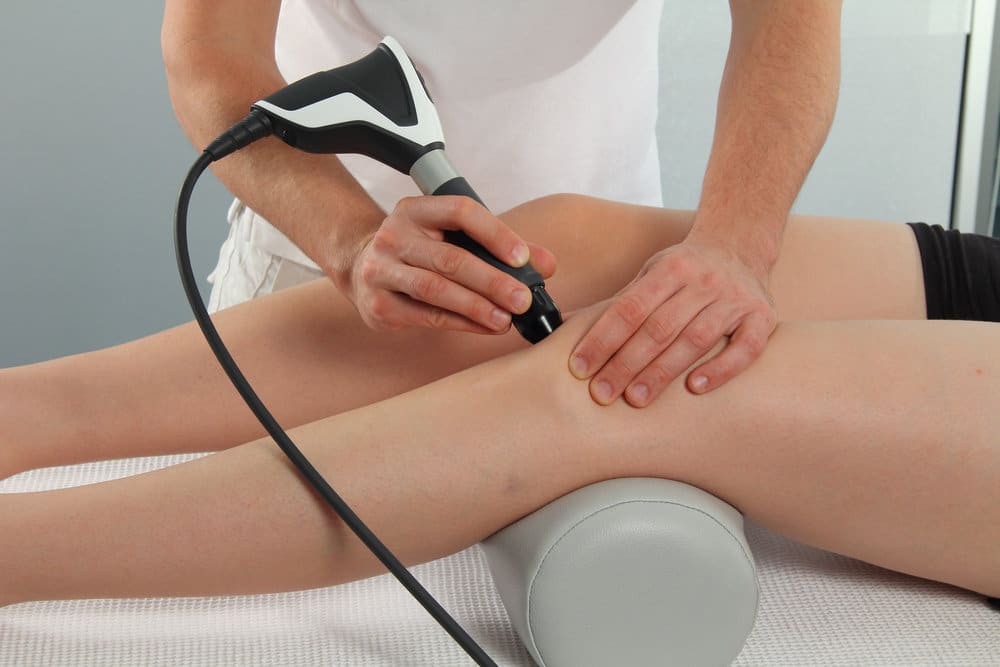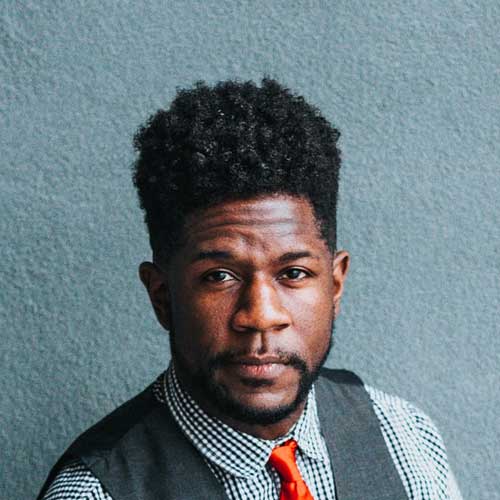Shockwave Therapy

What Is Shockwave Therapy?
How does Shockwave Therapy work?
What conditions does Shockwave Therapy treat?
- Trochanteric pain syndrome (lateral hip pain – pain on the outside of the hip also called trochanteric or gluteal bursitis)
- Tennis elbow (lateral elbow pain)
- Plantar fasciitis / heel spurs (pain in bottom of heel)
- Achilles tendinopathy (pain in back of heel)
- Shin splints (pain on the front of the shin)
- Patella tendinopathy (pain on the front of the knee)
- Carpal tunnel (wrist pain)
- Proximal hamstring tendinopathy (pain in the upper rear thigh)
- Osgood schlatters (pain on the front of the shin)
- Calcific tendinosis of the shoulder (rotator cuff tendons)
- Trigger points (tight painful knots in any of the muscles in the body)
- Shockwave is also used to treat cellulite!
Are there any side effects?
Common side effects include redness or bruising in the treated area, skin damage and sometimes an increase in pain in the treated area.
Very rare side effects include the risk of tendon tear or rupture particularly if you have recently had a steroid injection in the treated area.
Following shockwave therapy It’s fine to maintain ‘normal’ levels of activity. Do not do anything you normally would not do. It’s prudent to avoid sport or any other aggravating activities which stress the affected / treated area for 48 hours post-treatment.
How many sessions are required?
NICE guidance recommends 3 sessions typically over a three week period. Patients often start feeling better immediately after the first treatment however the beneficial effects of shockwave accumulate over a three month period. If symptoms initially improve and then relapse before three months has elapsed then we can apply a further three sessions of shockwave i.e. a total of six sessions over any three month period. More than five sessions within three months risks traumatising the tissue too much i.e. we would be breaking down tissue faster than your body can rebuild.
Like any treatment there can be no guarantees it will always work but when dealing with tendon and fascia problems such as the conditions listed above it is important to remember that it may take a full year for things to recover fully and regardless of treatment given you’ll need to be diligent with your exercise programme.
What Others Like You Are Saying About Shockwave Therapy...

Will, Herne Hill: Overcame shoulder pain.
I started seeing Chris about two years ago, when after a couple of heavy contacts playing rugby, I developed ongoing and deteriorating pain and soreness in my right shoulder and neck, which was affecting both my game, and my day to day life.
I suffered a dislocated AC joint when I was 18 and assumed that the shoulder had probably been weakened by this, and that I might be approaching the point where I needed to hang up my (very amateur!) boots if I wasn’t going to risk wider quality of life impacts.
I was referred to Chris by the rugby club, and after a series of sessions with sports massage and needling, and some prescribed exercises, the general soreness was much improved, but I was still experiencing pain through particular ranges of movement, which would have made playing rugby difficult.
Chris then used a course of shockwave therapy, which I understand stimulates healing by causing low-level trauma, to further treat the area. Once the treatment was finished I was able to resume playing completely pain-free, and with some ongoing prehab haven’t experienced any recurrence of the issues, despite the fact that the joint was pretty mucked up by that initial injury!
Ultimately this has had a really significant impact. Rugby and being active generally are really important parts of my life, and make a massive difference to my general wellbeing. I was expecting that I might have to stop playing, and resign myself to some chronic ongoing pain when doing small things like turning my head, let alone other activities that I enjoy like weightlifting, and happily, this hasn’t been the case.
One my favourite things about seeing Chris has been his no nonsense and practical approach to treatment; he’s always encouraged me to do as much as I can when rehabbing injuries rather than wrapping myself in cotton wool, and has been realistic about expectations and outcomes.
I’ve also particularly appreciated that he is on top of the latest research and treatments, and will often explain to me what the literature says about the merits and de-merits of various treatment approaches. This reassures me that I’m being treated not only on the basis of Chris’s extensive experience, but also what is recommended by the medical community more broadly.


